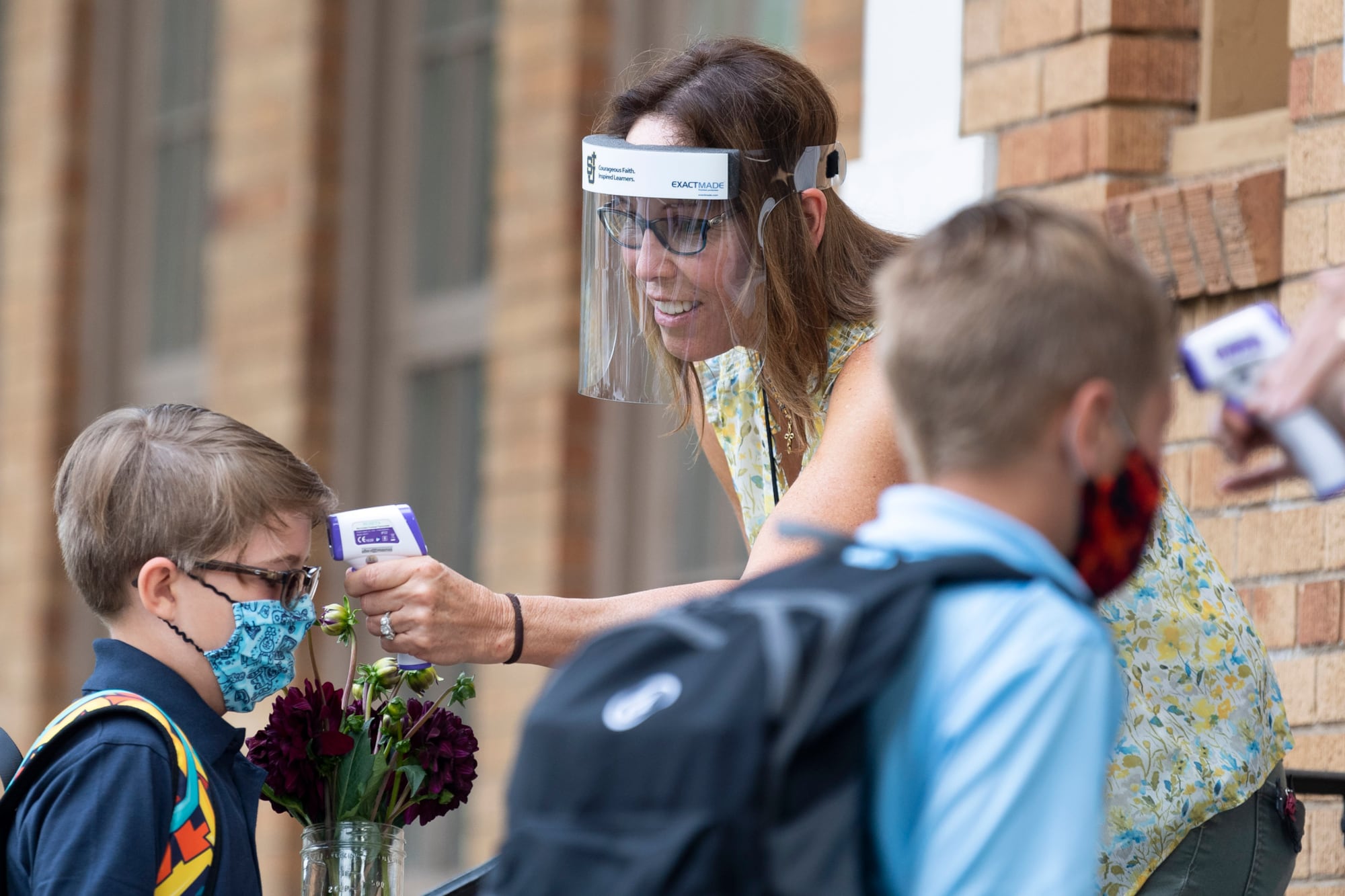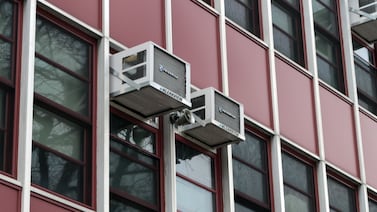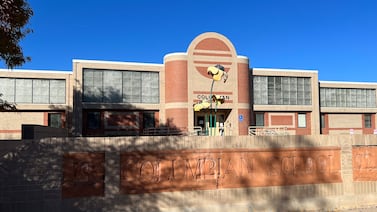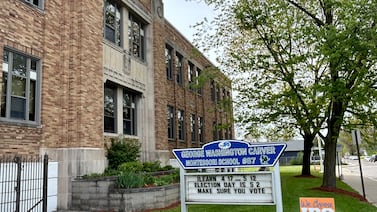After months of waiting and watching, public schools will receive billions to help respond to and recover from the pandemic. In December, Congress passed a package designed to boost the economy, help families, and support K-12 and higher education; after initially criticizing the deal, President Trump eventually signed it into law.
So what will the new money and other provisions mean for school reopening, learning loss, and your school district? Let’s dig in.
1. How much money will schools get and how will it be divvied up?
Of the $900 billion package, $81.9 billion is earmarked for education. Of that, $54.3 billion will go to K-12 public schools, $22.7 billion will go to higher education, and governors will get $4.1 billion, most of which must go to private schools. The remaining bit will go to Bureau of Indian Education schools, as well as to American territories, including Puerto Rico and American Samoa.
The K-12 money will be divided among states and then passed to districts largely in the same way that Title I funds are. That means high-poverty school districts will generally get more.
2. Is $54 billion for K-12 a lot?
Yes and no. That’s an average of roughly $1,000 per public school student in the U.S. (though the amount per student will vary by district since the funding goes through Title I). It’s also close to the total of what the federal government spends on K-12 schools in a normal year. And it’s more than four times as much as Congress provided to schools in the CARES Act from March.
But schools could see much of that money eaten up by cuts to state budgets. After significant wrangling, Congress didn’t end up including extra money to make up for state budget shortfalls caused by the pandemic recession. And the pandemic has added significant expenses for schools, just as students are likely to need extra academic help, which can be costly to provide. Public school groups had pushed for more money, between $150 billion and $250 billion.
3. How much will my state and district get from the $54 billion pot?
As a rough rule of thumb, states and districts can expect to receive four times whatever they got from the $13 billion pot in the CARES Act. (Here’s a state by state breakdown for this round of funding.) This time, districts will not have to set aside money for private schools like they did under the CARES Act.
4. Will schools have enough to help make up student learning loss?
The short answer is the money will help, but it probably won’t be enough on its own. The bill does not create a standalone catch-up campaign like ones that have been created in some other countries. One recent blueprint estimated that small-group tutoring for every student in the country would cost the federal government $50 billion.
Instead, Congress is giving that amount of money to schools directly — and they are allowed to use it to help make up learning loss. But they’ll have other competing priorities, including the costs of reopening buildings, remote instruction, and filling in potential state cuts.
“It is likely nowhere near what we’ll need to both fund baseline operations and put programs in place to begin to address learning loss,” said Rebecca Sibilia, who previously led the school funding group EdBuild.
5. What can schools use this money for?
Lots of things. The bill green-lights items school leaders need “to address the needs of their individual schools”; anything already allowed under the main federal education law, ESSA, or the Individuals with Disabilities Education Act; and expenditures that let school districts continue operations and to keep employing their existing staff. Also specifically OK:
- Efforts to specifically help “low-income children or students, children with disabilities, English learners, racial and ethnic minorities, students experiencing homelessness, and foster care youth.”
- Supplies for cleaning school buildings
- Technology to support remote instruction
- Mental health services
- Summer or after-school programs
- Efforts to address learning loss
- School building upgrades and repairs for reducing COVID transmission, including improving ventilation
6. Will this money mean more schools will reopen their buildings?
The money certainly can be used to help schools open their doors. But many schools have said non-financial factors have shaped their reopening decisions: reluctance from families and teachers to return, surging COVID cases, the challenges of hybrid instruction, and now questions about the availability of the vaccine for teachers.
7. Will private schools get anything?
Yes. Of the $4.1 billion governors’ fund, $2.75 billion is earmarked for private schools. This amounts to about $500 per private school student nationally.
The bill says these dollars should be targeted at private schools that serve mostly low-income students and that have been most affected by COVID.
The money for private schools cannot be used for religious instruction, and it can’t go to the schools directly. A public agency must provide the “services or assistance” or create the contract for such services.
Private schools are also barred from getting aid if they participate in the upcoming round of the Paycheck Protection Program. Under the CARES Act, some private schools benefited from both PPP money and the aid earmarked for K-12 schools.
8. Is this a form of vouchers for private school tuition?
No. The bill specifically bars the money from going to private school tuition vouchers or scholarships. It’s a final blow to outgoing Education Secretary Betsy DeVos, who had made a voucher expansion a goal.
9. Will schools get more federal money after this?
Public school groups hope so. They particularly want state and local governments to get additional help, buffering schools from potential budget cuts. And President-elect Joe Biden has promised to push for additional relief.
“Let us be very clear, this bill can be seen as nothing more than a down payment in doing what is truly necessary to fully address the needs of students, educators and their families,” National Education Association President Becky Pringle said in a statement.
But additional aid requires the cooperation of Congress, and Republicans have been highly skeptical of state and local relief. Control of the Senate hinges on two January runoffs in Georgia.
10. What other aspects of the stimulus package will affect schools?
- There’s no money for E-Rate, a program that helps schools purchase computers and internet access. But it does include funds meant to help low-income families access the internet.
- It codifies a one-year delay of the National Assessment of Educational Progress, the “nation’s report card.” It also provided an extra $28 million to the Department of Education’s research arm, partially for administering NAEP.
- It includes a number of provisions meant to support the economy and families in need, including loans for small businesses, direct payments to low and middle-income households, and beefed-up unemployment aid. These efforts could help students’ families financially, something that has been directly linked to student learning. By boosting the broader economy, the package could also increase the tax revenue available to fund schools.





